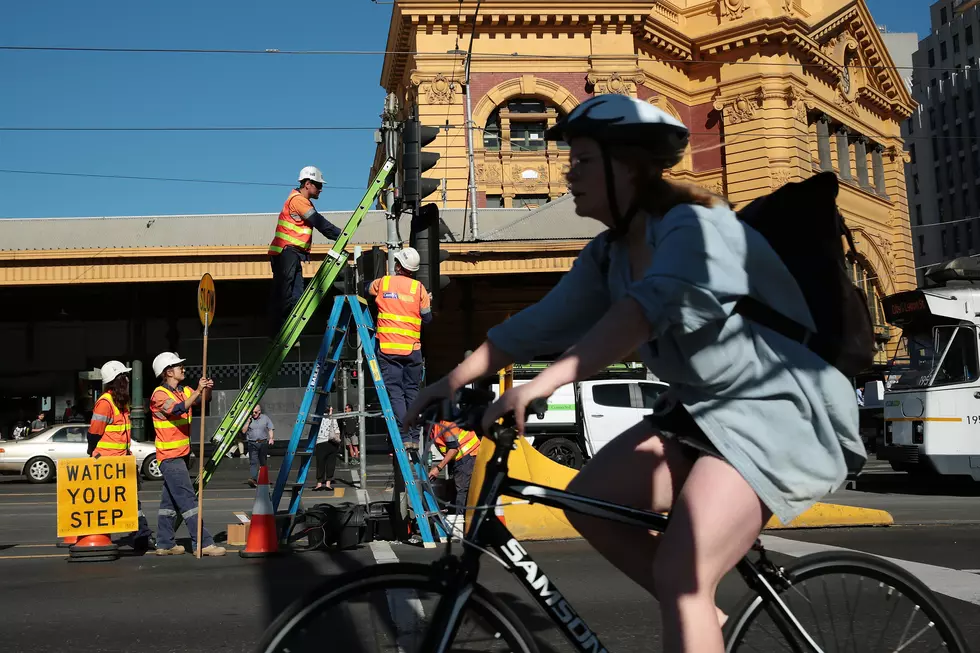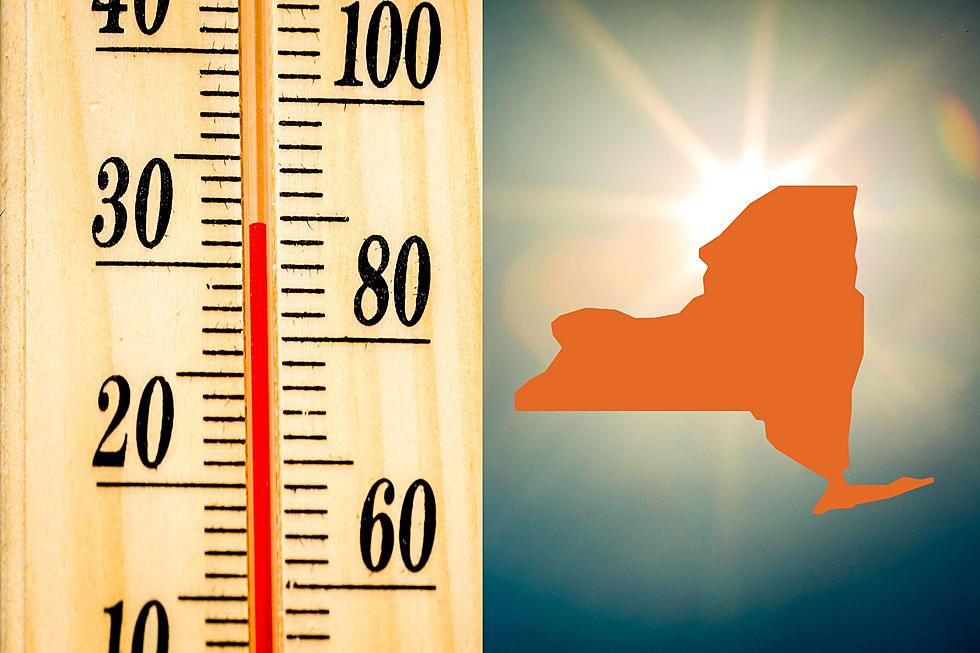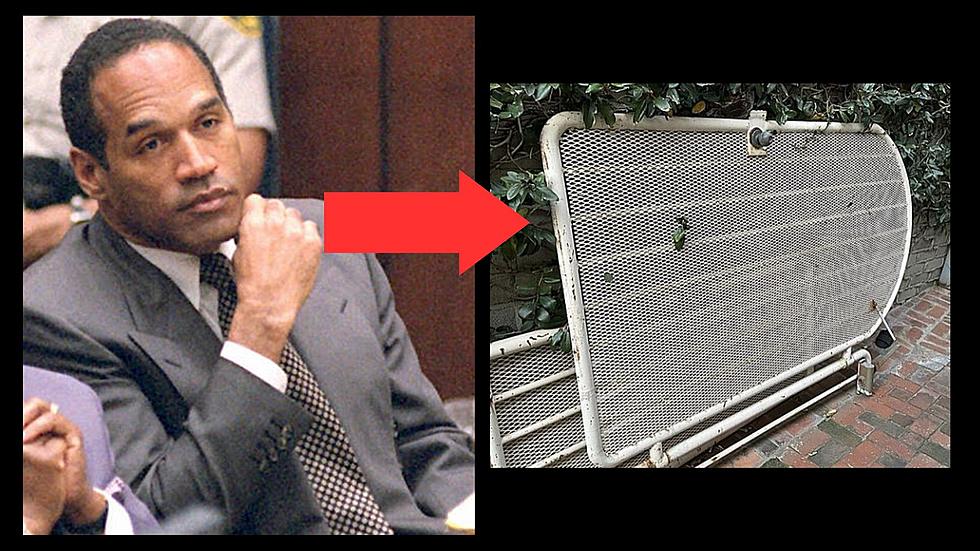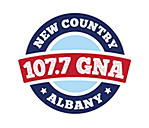
Could Albany Be Safer Without Road Signs and Traffic Lights?
I know, I know. It sounds ridiculous. I thought exactly what you're thinking right now. Of course not! Some recent studies show that our gut reaction to this idea might be wrong.
Vox.com recently published an article about a town in the United Kingdom that did away with all traffic signs, traffic lights, and road signs in an attempt to ease traffic problems and make the roads safer for drivers and pedestrians. They made a video explaining the plusses and minuses of the system. You can watch it here.
There really is data that show our roads and communities can be safer when we make busy intersections into so-called "shared spaces" where pedestrians and traffic interact less rigidly. When it works, it is because it requires more active attention from everyone involved, utilizes some clever design tricks and also leads to less wasted time waiting for traffic lights and street crossing.
The idea is compelling, but would it work in Albany or any of our other local cities or towns? Even after watching the video I am highly skeptical that it would work in practice. Take, for example, the interaction of Lark and Madison in Albany:
This is exactly the kind of busy intersection with odd angles that should, in principle, benefit from the "shared space" plan. Madison has a pretty constant flow of traffic during busy hours and I wonder if pedestrians would even have the opportunity to cross. Maybe it is just that I am thinking of the way people drive under current laws, but I just don't think many drivers would have the patience to take their time and be careful.
Part of the reason we have the traffic laws we have is to take some of the decision making away from individuals and make what is happening easier to predict. Sure, it might get complex and frustrating sometimes, particularly at an intersection like Madison and Lark, but I think I would rather wait my turn than navigate through fifty people acting unpredictable, even if on paper it would help ease congestion.
Maybe that's my own shortcoming for not trusting the study. Maybe it would work at other intersections with less traffic, but then the benefit would also be considerably less. Would you want to try this at the main intersection in your town or city?
More From 107.7 WGNA









